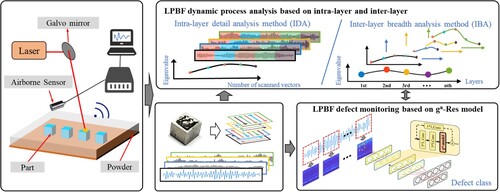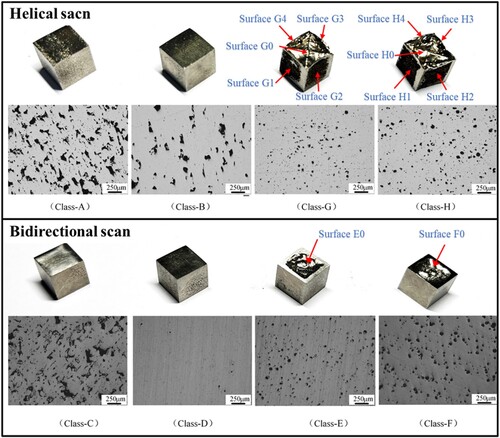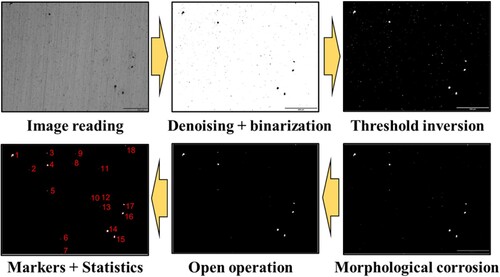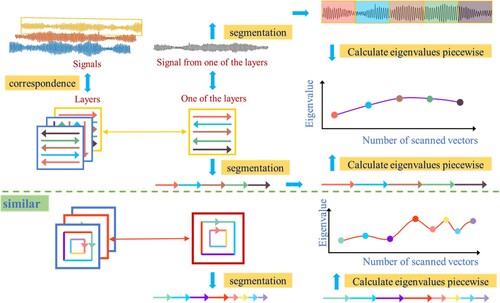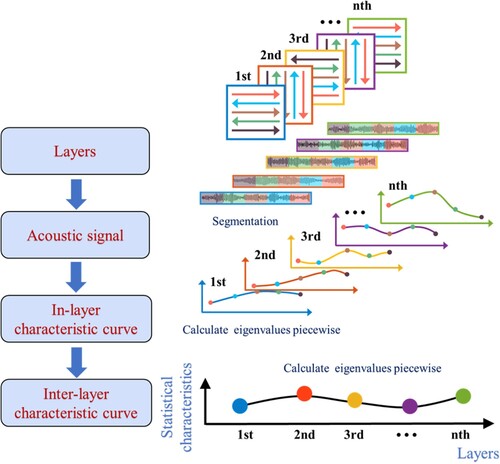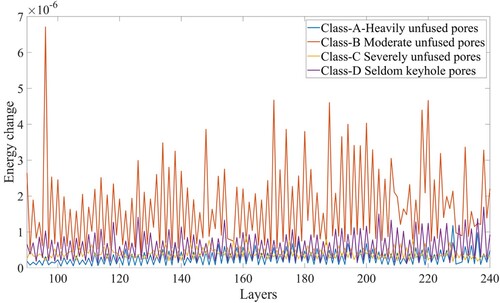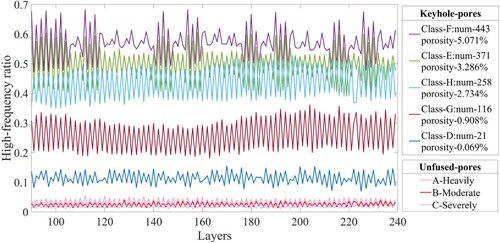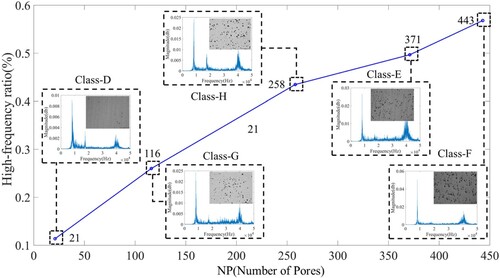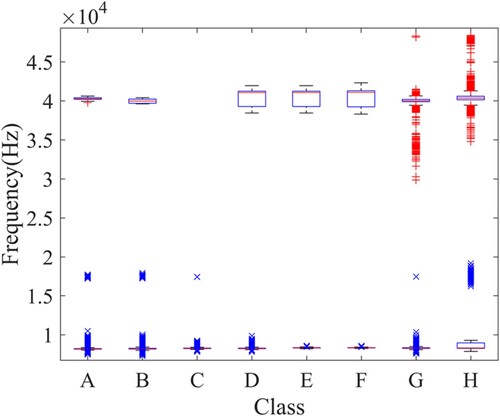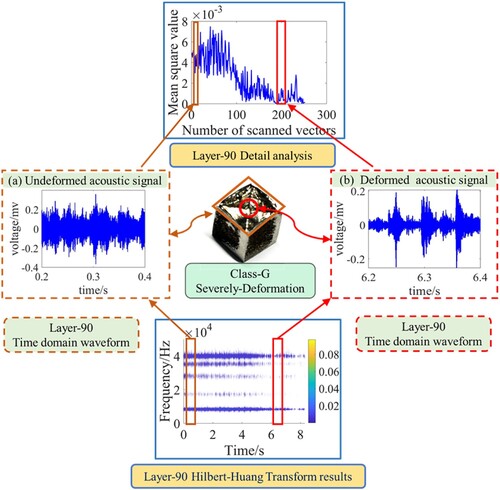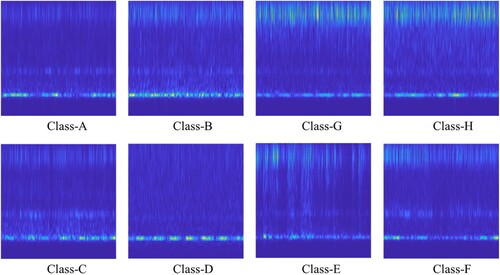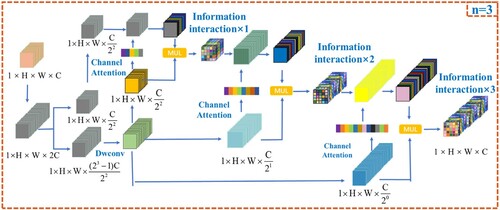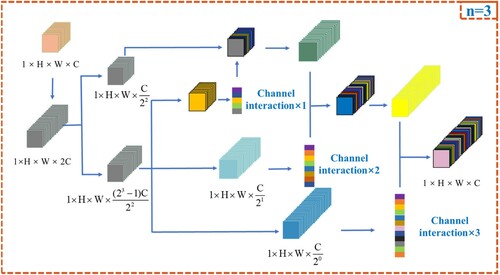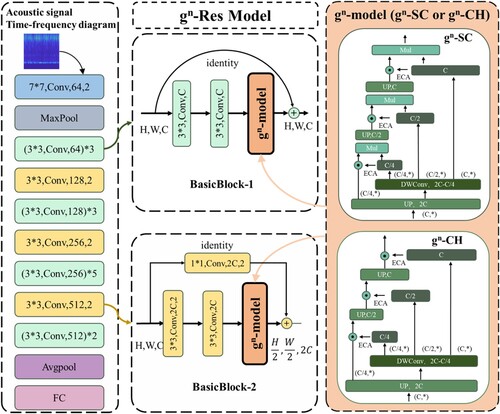Figures & data
Table 1. Part processing parameters.
Table 2. Characterisation of pore defect categories and degrees.
Table 3. Deformation defect characterisation.
Table 4. Model performance metrics.
Table 5. Parameters used for the model.
Table 6. Performance comparison of high-order interactive modules.
Table 7. Network performance comparison.
Data availability statement
The raw/processed data required to reproduce these findings cannot be shared at this time as the data also forms part of an ongoing study.

